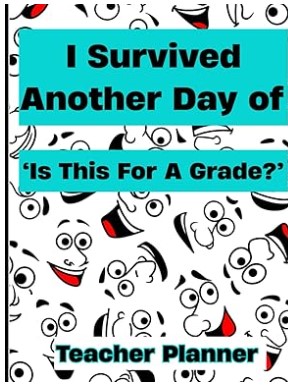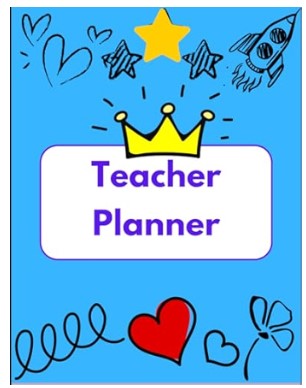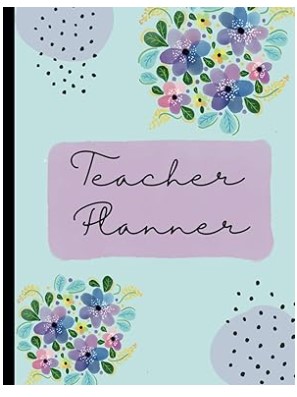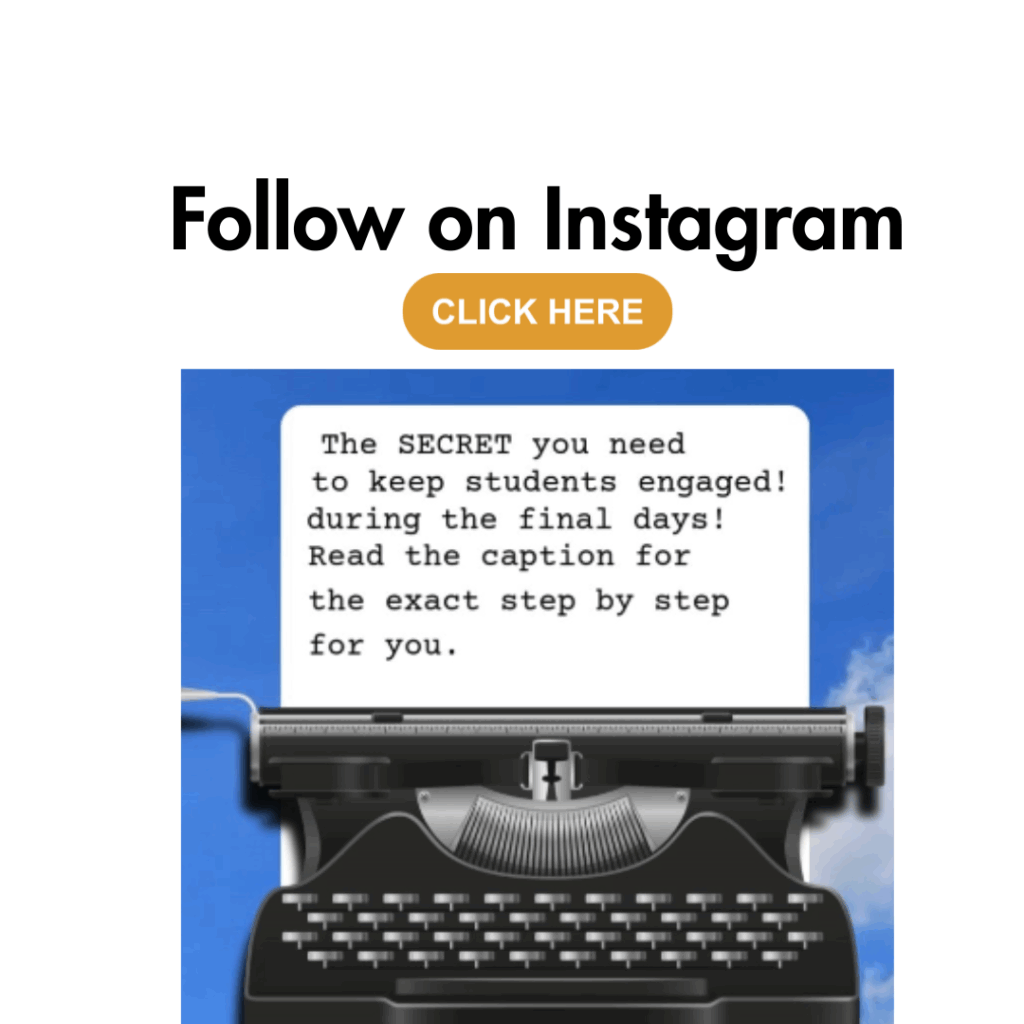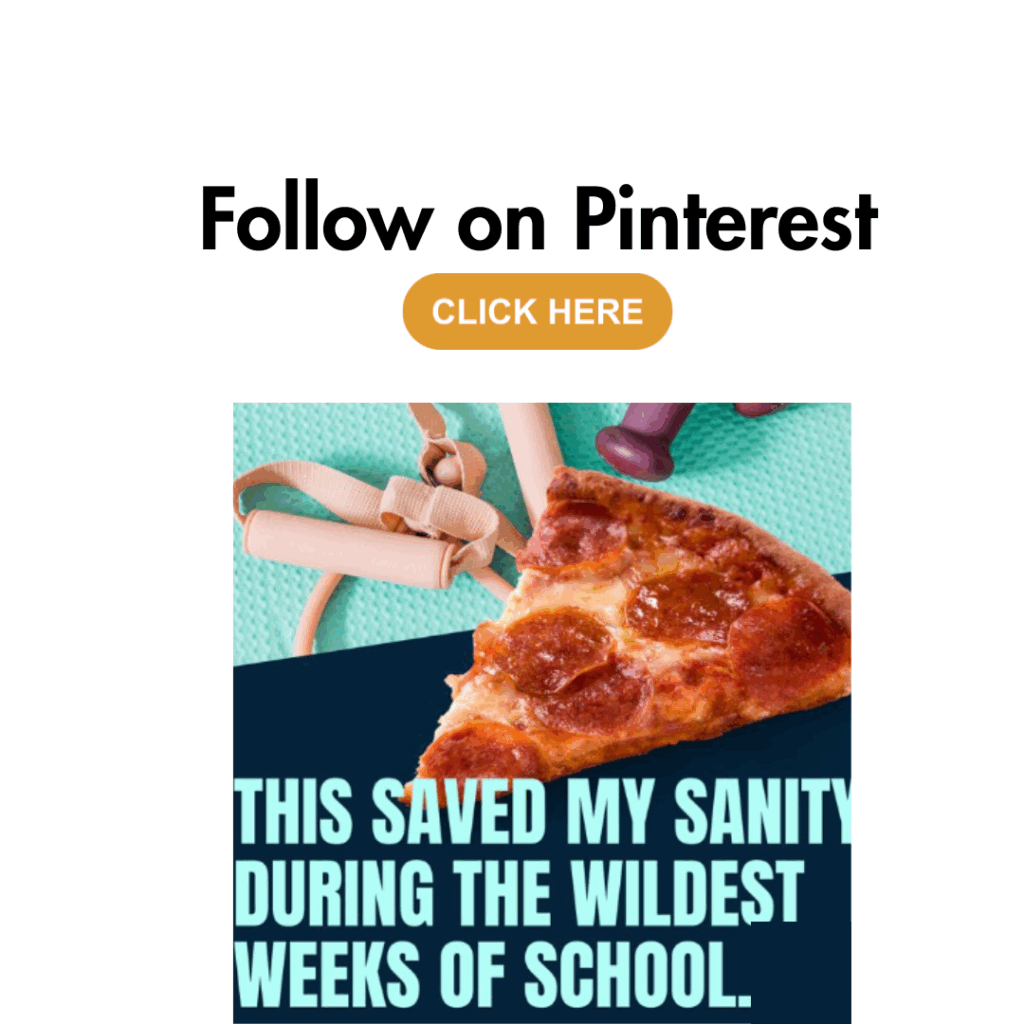Last updated on May 26th, 2025 at 09:53 pm
I fall down a rabbit hole every time I search for my perfect teacher planner on Amazon. Blame in on the shiny object syndrome-the cute covers divert my attention and before you know I spent hours basically looking at photographs and forgot the one thing that really matters—how the planner helps with teacher organization.
What You’ll Learn About Teacher Planner Organization in This Post
By the end of this post, you will be able to:
- Identify the 5 non-negotiable features every teacher planner must include
- Understand how your teacher planner functions as a strategic tool, not just a cute notebook
- Use a teacher planner to reduce daily decision fatigue and maintain clarity in your instruction
What is a Teacher Planner? Find the Best One for You
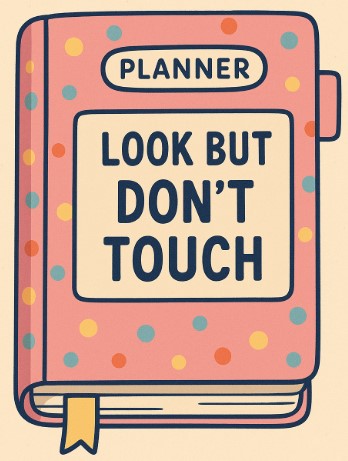
A teacher planner is your brain on paper. It holds your lesson plans, to-dos, student data, important dates, and those random ideas you jot down during lunch. It’s your sidekick for keeping your teaching life under control (or at least making it look that way).
One of the main causes of teacher burnout is lack of organization. You remember those conference periods where all you did was look for “stuff” and didn’t accomplish a thing.
Now, I love a cute and motivating cover because let’s face it-we all need inspiration; however, you can’t sacrifice function for cute. Cute won’t teach all those TEKS. Think of your planner as your GPS: guiding your lessons, monitoring your students’ progress, supporting routines, and giving you a place to write your ideas.
Do teachers need planners?
Unless you enjoy balancing 25+ brains, behavior plans, benchmarks, and birthdays in your head—yes. A planner saves your sanity by making space for structure, strategy, and sticky notes.
What Should a Teacher Planner Include?
Think purposeful! The best teacher planning tools include these five core elements:
- Instructional Planning-this is your bread and butter.
- This includes your unit overview, lesson plans, and pacing guide.
- Think in terms of the 2 Ps: Purpose (what you’re teaching) and Proficiency (how students will show mastery).
- Student Progress Monitoring-this is your stop light system.
- Green = mastered, Yellow = reteach, Red = intensive help
- Remember that data without action is just a number.
- Data-Driven Decision Making-this is your team meetings.
- What was discussed and what are the next steps?
- Your planner should help you see trends over time—not just test days.
- Parent Communication-if you didn’t document it, then it didn’t happen. Cover yourself!
- Families can’t support what they don’t know.
- Document calls, emails, and meetings in one spot for accountability and clarity.
- Teacher Mindset-this is your space to reflect.
- What worked? What didn’t?
- Your mental wellness matters. Include space to reflect, doodle, and jot creative ideas.
Why Organized Teacher Planners Are Key to Avoiding Burnout
Raise your hand, if you need another binder! 🙋(put your hand down). You don’t need more paper-you need function. These 5 non-negotiables are essential if you want to stop rewriting lessons and buying more 3-ring binders. Here’s what a great teacher planner system does:
- ⏱ Reduces daily decision fatigue
- 📌Anchors lessons to standards and pacing
- 🎯 Organizes your ELA block for better pacing and easier transitions
- ✅ Tracks data and document growth effortlessly
According to Almarode, Fisher, Frey, and Barbee (2025), instructional clarity is the starting point for learning and decision-making.
How to use a teacher planner
Let’s break it down with real examples on each of the 5 non-negotiables.
Instructional Planning
Simplify this step to the 2 P’s: Purpose and Proficiency. The purpose is what skills or topics you are teaching. Proficiency is how will the students demonstrate mastery.
For example, TEK 4.10(A) wants students to explain the author’s purpose and message within a text. The purpose is teaching author’s purpose and message. Proficiency happens when students can clearly explain it. BOOM, done!

Student Progress Monitoring
Student progress monitoring is like a red light system: green students have achieved mastery, yellow students need a reteach, and red students are struggling and need intensive support. I love DATA, but data is only good as the action behind it. You can be data rich and action poor. The numbers tell a story. What is your student’s story and how can you make it better?
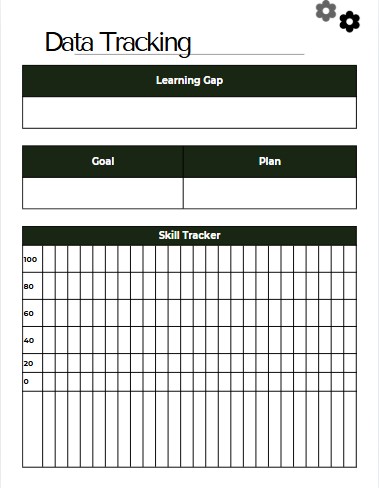
Data-Driven Decision Making
I can’t repeat this enough, DO NOT HOLD ALL YOUR EGGS IN ONE BASKET. Use at least 3 data sources to make a decision. These sources may include teacher observation, state testing, screeners, student work, and more. State testing is not the end all! One test, one day doesn’t give a well-rounded picture. You need several pieces of data to validate the need.

Parent Communication
Families can’t support what they don’t know. Building a strong partnership with families is vital in student success. Hattie’s Research shows that parental involvement is a big influence in student achievement. I do need to mention that we are in a field that requires lots of documentation, and unfortunately if it isn’t written down it didn’t happen. Having a clear place to log family communication isn’t just efficient but crucial. It serves as a reference for you and reminder for families on what was discussed and next steps.

Teacher Mindset
Teachers need a space to reflect and unleash creativity. This part can’t be neglected in a planning system. Allow yourself a space to draw, doodle, and write notes. Your brain can only hold so much information.
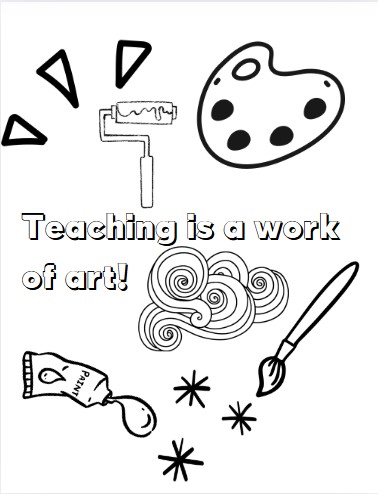
Conclusion: Let your teacher planner do the heavy lifting
When your daily teacher planner is built with the right tools—lesson templates, flexible trackers, and monthly overviews—it becomes your behind-the-scenes teaching assistant.
Ready to stop piecing things together or buying another 3-ring binder, grab my teacher planner designed specifically for the non-negotiables. Click here for a ready-to-go option or click on the images under the title.
